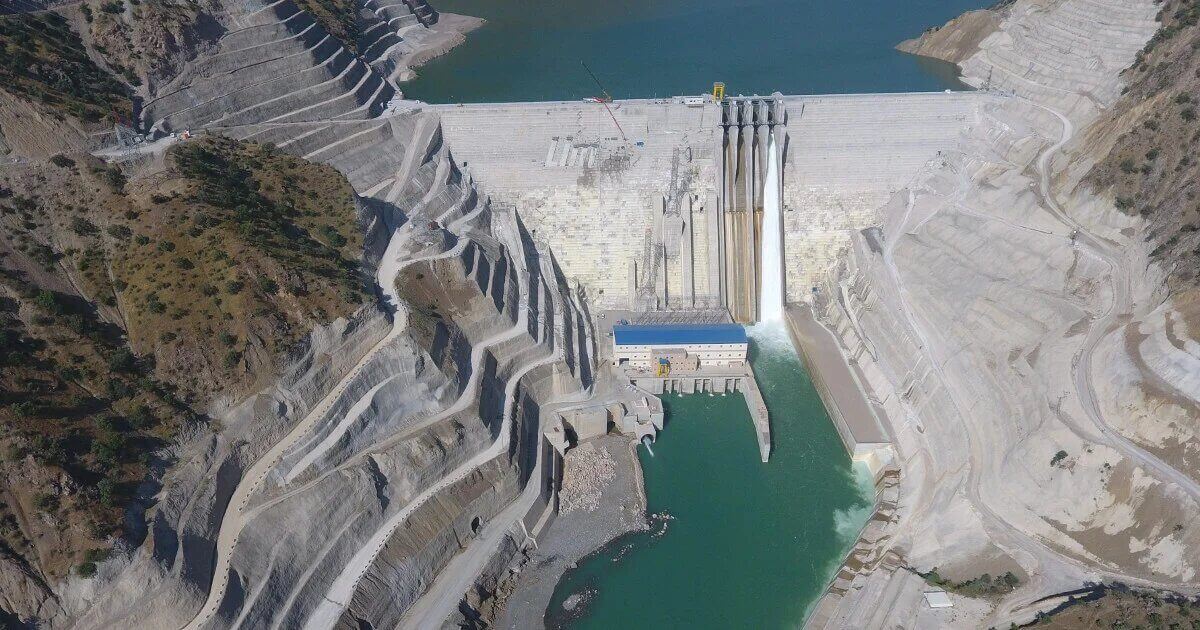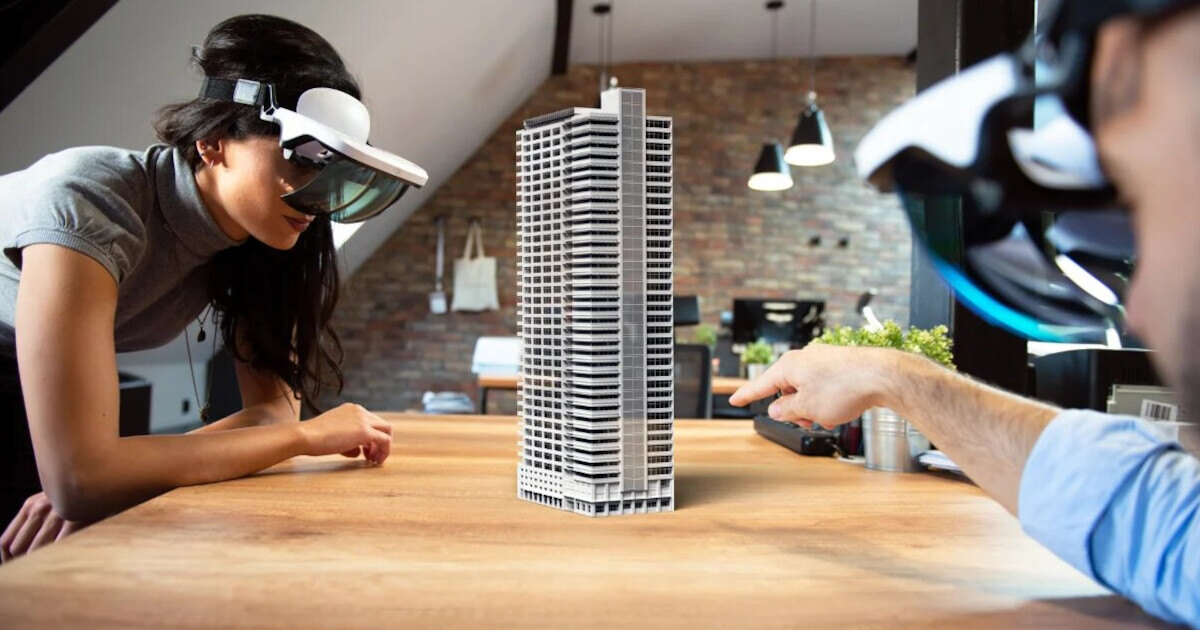In the BEYOND research project, BIM, AI and people flow simulations are to be combined to create a better decision-making basis for early designs.
Designing well - among other things, this also means anticipating decisive things, even if they lie far in the future. The problem: in early design phases, is the information base for important decisions is often still thin. This concerns not only knowledge about the physical behaviour of the structure in operation, but also its ergonomic quality. How people interact with the structure or how they move in groups in the structure is difficult to predict, but plays a major role especially in extreme situations. Wrong decisions can lead to restrictions in use and high costs for replanning and conversion. The BEYOND project, funded by the BMVI's mFUND programme, aims to remedy this situation. According to the apronym, its goal is "AI-based optimisation in the early design phases of buildings with the help of the analysis of people flows in intelligent building models". To this end, methods and technologies are being developed using a combination of BIM, AI and people flow simulations to assist architects and engineers in the planning and optimisation of station buildings. Digitalisation thus not only improves the processes during planning, but also increases the quality of the building.
.jpg?width=1200&name=bim-ppl-closeup-4%20(1).jpg) © accu:rate
© accu:rate
Expert for the simulation of passenger flows: accu:rate
The project consortium is made up of accu:rate GmbH, Technical University of Munich (TUM), DB Netz AG with the major project 2nd Munich Main Line and SSF Ingenieure AG. The innovative contribution of accu:rate is particularly noteworthy: the start-up, founded as a spin-off of the TUM, is an expert in the simulation of pedestrian flows and has developed software (crowd:it) that simulates the movement of pedestrians based on the Optimal Steps Model (OSM). "We map human behaviour based on the conditions of how a person moves in space, what cognitive and motor properties they possess and how they behave in interaction with their environment," explains Dr Angelika Kneidl, CEO and founder of accu:rate.
.jpg?width=1200&name=rolltreppe_fullsize%20(1).jpg) © accu:rate
© accu:rate
Method for rapid variant testing of BIM models
By integrating this simulation method, data structures, algorithms and technical procedures for the rapid variant testing of BIM models are now to be developed in BEYOND using a prototypical station model. On the one hand, this includes the development of procedures to facilitate the application of person simulation for the design and planning of station buildings as well as a methodology for the parameterisation of such. The basis for automatic extraction of relevant data for people flow simulation from BIM models has already been created in an earlier research project (AHEAD). On the other hand, AI-based processes and - via buildingSMART International - an IFC extension to include "Fire Safety Standards" are also to be developed. The standardisation is intended to serve as an accelerator for the optimisation of approval processes.
.jpg?width=1200&name=Cam_Bahnsteig%20(1).jpg) © accu:rate
© accu:rate
Implementation with Bimplus by ALLPLAN
Of central importance for the technical implementation of the project is the use of Bimplus. The cloud-based BIM platform ensures smooth data management and optimal collaboration between all parties involved. The BIM workflow envisaged with BEYOND is as follows: A building model is uploaded to Bimplus and from there it is transferred to a crowd:it model, which is used to automatically simulate the flow of people. The result is then output in the form of a 3D visualisation, the data of which flows back into the building model via Bimplus. Such a deep integration of people flow simulations into digital building models should enable a strong improvement in planning reliability and ultimately the construction of safer buildings in the future.
_NEU.png?width=1200&name=3d-vis-screenshot%20(1)_NEU.png) © accu:rate
© accu:rate
.jpg)





